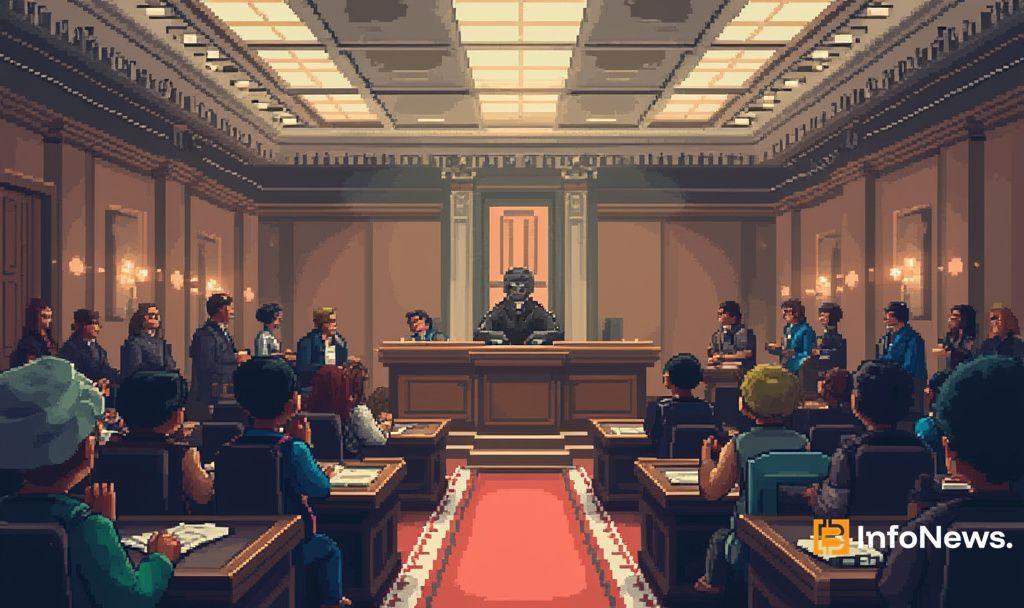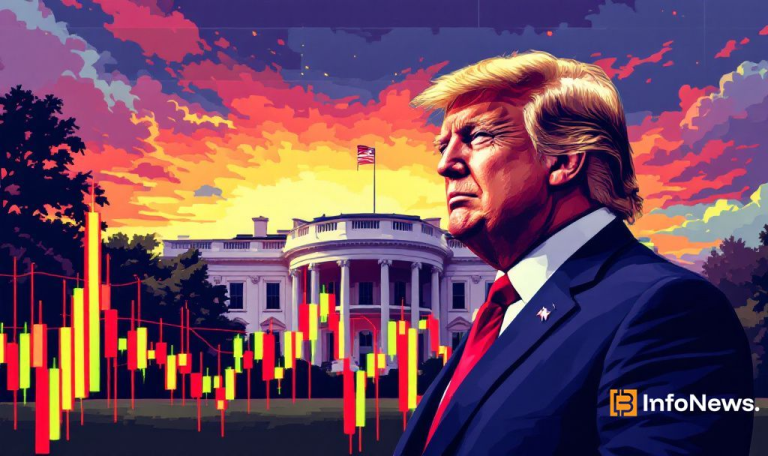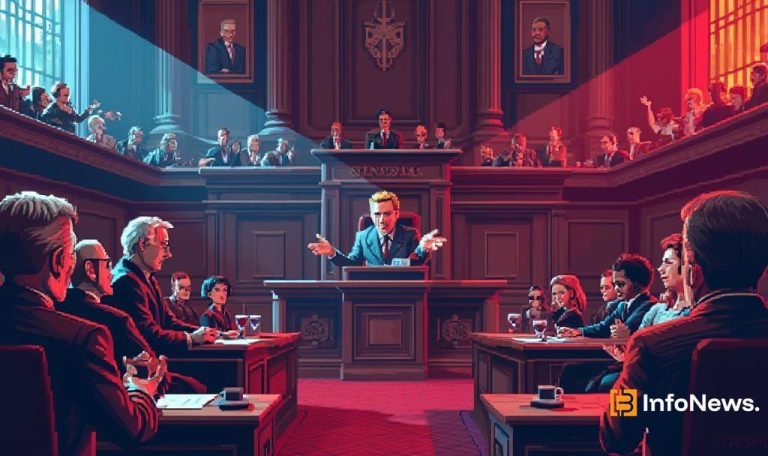NAYG Lawsuit Against Galaxy Labeled ‘Lawfare’
- NAYG litigation against Galaxy termed as lawfare by experts.
- Potential influence on legal tactics in the crypto sector.
- Analyzes broader industry acceptance and implications.

Lawsuit Spurs Debate on Crypto Legal Tactics
NAYG filed a lawsuit against Galaxy, highlighting issues within the cryptocurrency field. The event has sparked discussions on the nature of legal tactics used in the industry.
The lawsuit brought significant attention to potential legal strategies, prompting immediate analysis from financial experts on its implications for cryptocurrency companies.
NAYG Accuses Galaxy in IP Dispute
NAYG initiated legal proceedings against Galaxy, an action described by commentators as “lawfare”. This case arises from disputes over intellectual property rights within the crypto ecosystem, drawing industry-wide scrutiny.
The lawsuit named Galaxy as defendant, impacting its operational clean state. Legal action aligns with rising incidences of dispute resolution through courts in the cryptocurrency sector.
“This was not an easy decision and one that we considered carefully. Do Kwon and Terraform, the creators of Luna, deceived us and many other prominent institutional investors. Over the last few years, Galaxy has cooperated fully with regulators – including the New York Attorney General.” – Michael Novogratz, CEO, Galaxy Digital
Market Sentiment Shifts Post-Lawsuit
The lawsuit is influencing market sentiment and highlighting risks associated with legal resolutions in crypto. The evolving legal landscape positions firms to reassess their strategies.
Experts suggest potential financial repercussions for Galaxy and similar firms, stressing the importance of clear regulations. Assurance of Discontinuance with Galaxy Digital Holding Ltd may drive new precedents affecting business practices.
Industry Braces for Legal Framework Changes
Previous lawsuits in the crypto space showcase the complexity of legal matters involving technological innovations. These events often reshape industry practices.
Historical trends suggest such cases can lead to regulatory adjustments, prompting companies to re-evaluate their legal frameworks to diminish litigation risks.





